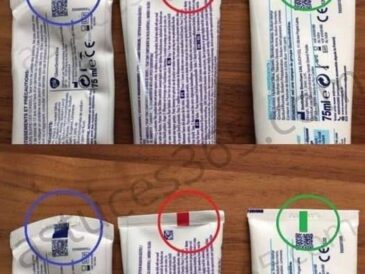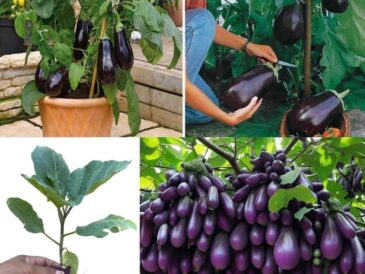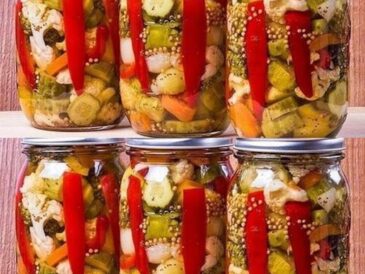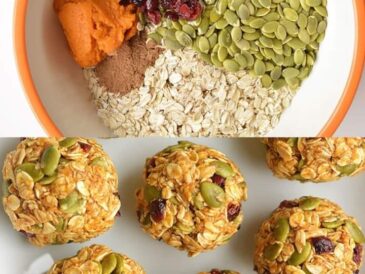Butterflies are enchanting creatures that can bring a splash of color and vitality to any garden. Their graceful flitting and elaborate patterns captivate both the eyes and the imagination, making them a beloved presence in nature. If you want to transform your backyard into a butterfly haven, a butterfly feeder is one of the best tools at your disposal. Not only do feeders provide a reliable source of nourishment, but they also encourage fascinating interactions between you and these delicate pollinators. In this article, we will explore the benefits of butterfly feeders and present eight creative feeder ideas to help you attract more butterflies to your backyard.
The Benefits of Butterfly Feeders
Before diving into the feeder ideas, it’s essential to understand why butterfly feeders are a great addition to any garden.
- Nourishment: Butterflies primarily feed on nectar from flowers. Butterfly feeders simulate this natural source, enabling them to thrive in your garden, especially during times when flower blooms are scarce.
- Pollination: Butterflies are vital pollinators, aiding in the reproductive processes of various plants. By attracting more butterflies, you enhance your garden’s biodiversity and promote healthy growth for many flowers and fruits.
- Education: Butterfly feeders are an engaging way to observe these beautiful insects up close. Families can learn about the lifecycle of butterflies, their behaviors, and their significance in the ecosystem.
- Aesthetic Appeal: Butterfly feeders can become beautiful garden features that harmonize with your landscape, adding visual interest and charm.
- Year-Round Interest: With proper design and placement, butterfly feeders can attract migratory species, providing interest in your garden for most seasons throughout the year.
Top 8 Brilliant Butterfly Feeder Ideas
To maximize your chances of attracting butterflies to your backyard, consider implementing one or more of the following innovative feeder ideas:
1. Simple Nectar Feeder
- Materials Needed: A shallow dish or container, sugar, water, and a cotton ball or sponge.
Creating a simple nectar feeder is perhaps the easiest option. Start by mixing one part sugar with four parts water to create an energy-rich nectar solution. Pour this mixture into a shallow dish and place a cotton ball or sponge in the solution to provide butterflies with a place to land while feeding. You can decorate the dish with natural stones, leaves, or flowers to enhance its appearance.
Placement Tip: Set your feeder up in a sunny area, as butterflies prefer warmth. Additionally, hang it among flowers to make it a natural landing point.
2. Fruit Feeder
- Materials Needed: Overripe or sliced fruit (e.g., bananas, oranges, strawberries), a plate or mesh basket.
Butterflies have a sweet tooth and enjoy indulging in decomposing fruits, which provide essential nutrients. Position a plate or mesh basket with sliced or halved fruits in your garden. Popular choices include bananas, oranges, and ripe watermelon. As the fruit decomposes, its sugars will attract various butterfly species.
Placement Tip: Hang or place the fruit feeder in a shady area to slow down the fruit’s decomposition, allowing it to last longer.
3. DIY Sponge Feeder
- Materials Needed: Sponges, shallow dish, and a nectar solution.
A DIY sponge feeder is a fantastic recycling project that allows you to utilize old sponges creatively. Cut your sponges into smaller pieces, soak them in your nectar solution, and place them on a shallow dish. This design makes it easy for butterflies to land and sip their nourishment.
Placement Tip: Variate the sponge colors to attract more butterflies visually, and place them in a sunny area surrounded by blooming flowers for added allure.
4. Colorful Flower Petal Feeders
- Materials Needed: Shallow, colorful dishes or trays, nectar solution, and edible flower petals.
Mimicking the shape and aesthetic of natural flower blooms, you can create colorful feeders that are truly eye-catching. Use shallow, brightly colored dishes or trays, fill them with your nectar solution, and then scatter edible flower petals like pansies, violets, or nasturtiums on top. The addition of petals will naturally entice butterflies.
Placement Tip: Position these feeders amongst existing flower beds to create a cohesive look and increase the visual appeal for hungry butterflies.
5. Butterfly House with Integrated Feeder
- Materials Needed: Wooden timber or birdhouse, nectar solution, and butterflies’ host plants.
Combining a butterfly house with a feeder provides a multitasking solution for butterfly lovers. Build a small butterfly house and incorporate a small feeder or shallow dish with nectar adjacent to it. This will create a safe environment for butterflies while offering easy access to food.
Placement Tip: Choose a sheltered area, hanging your creation from tree branches to protect butterflies from harsh weather while ensuring they are exposed to sunlight.
6. Mason Jar Feeder
- Materials Needed: Mason jar, perforated lid, nectar solution, and a lanyard or twine.
Repurposing a mason jar for a butterfly feeder is a fun twist on traditional designs. Fill the jar with your nectar solution and secure a perforated lid on top. Hang it in the garden using twine or lanyard, allowing butterflies to sip through the small holes. This handy method prevents the nectar from spilling while drawing in butterflies.
Placement Tip: Suspend the jar at various heights for different butterfly species. Experiment with hanging it closer to flowers to observe butterfly preferences.
7. Upcycled Bottle Feeder
- Materials Needed: Plastic soda bottle, sugar, water, and a flat dish.
Another eco-friendly approach is to utilize an upcycled plastic soda bottle to create a butterfly feeder. Cut the bottle halfway and fill it with the nectar solution. Place the cut half upside down in a flat dish, allowing access to the nectar while preventing overflow.
Placement Tip: Fill the bottom dish with attractive stones or flowers to create an inviting environment for butterflies while providing stability for the feeder.
8. Multiple Station Feeder
- Materials Needed: Old bird feeder, sugar water, fruits, and small bowls.
Consider transforming an existing bird feeder into a multi-station butterfly feeder. Add small bowls filled with nectar solutions and fruits at different heights and sections of the feeder. This concept encourages competition among butterflies while accommodating various species’ feeding habits.
Placement Tip: Keep the feeder clean and regularly replenished to maintain interest—an unkempt feeder can deter butterflies.
Conclusion
Butterfly feeders not only enhance the beauty of your garden but also contribute positively to the ecosystem by encouraging pollination. By implementing these eight creative feeder ideas, you can roll out the welcome mat for your colorful pals. Remember, the success of attracting butterflies also depends on other elements such as the plants in your garden, the climate, and providing suitable habitats for various butterfly species.
In addition to having butterfly feeders, plant native flowers and host plants nearby to create an inviting environment. Keep your feeders clean, change the nectar solution regularly, and don’t forget to enjoy the wonderful sight of butterflies frolicking in your backyard! With a little attention and creativity, you’ll turn your garden into a delightful sanctuary where butterflies can thrive and enjoy.



